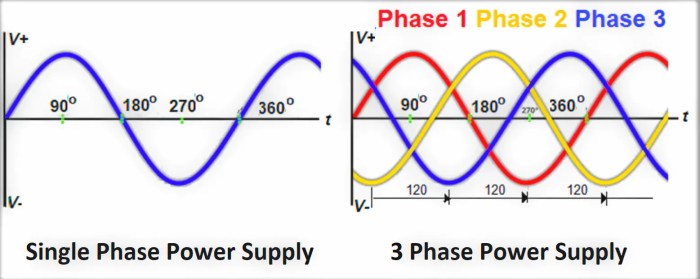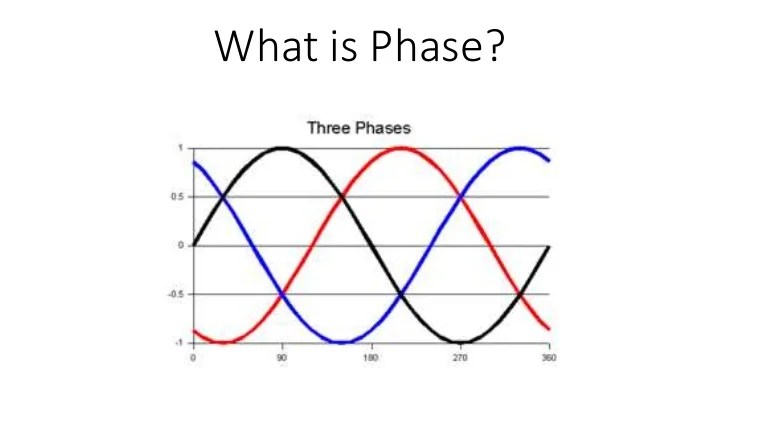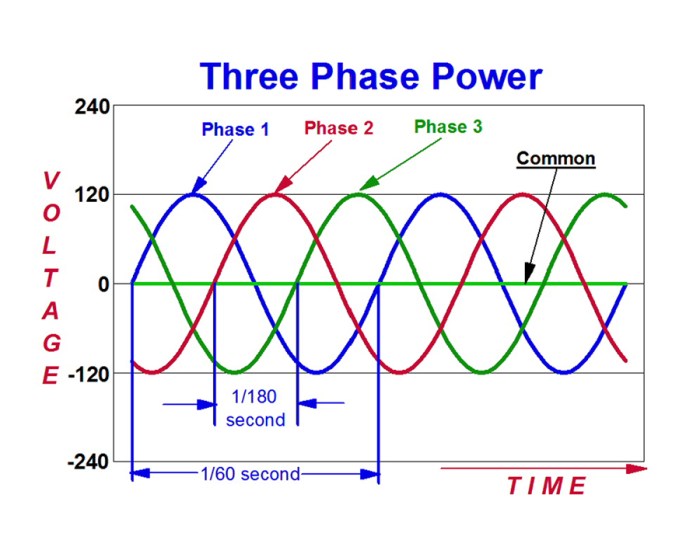Step in a process crossword clue unlocks a journey into the intricacies of process management, where efficiency, organization, and communication converge to drive successful outcomes. This comprehensive guide delves into the fundamental concepts, techniques, and best practices associated with identifying, organizing, communicating, and evaluating steps in a process, empowering individuals and organizations to achieve peak performance.
From defining the role of steps in process completion to exploring methods for identifying and organizing steps effectively, this guide provides a structured framework for understanding the dynamics of process management. It emphasizes the significance of clear communication and evaluation in optimizing processes, ensuring that every step contributes seamlessly to the overall success.
Definition of a Step in a Process: Step In A Process Crossword Clue

A step in a process is an individual action or task that contributes to the completion of a larger process. Steps are essential for organizing and managing processes efficiently, ensuring that all necessary tasks are completed in the correct order and manner.
For example, in the process of baking a cake, individual steps might include measuring and mixing ingredients, preparing the cake pan, pouring the batter into the pan, baking the cake, and frosting the cake.
Identifying Steps in a Process
To identify the steps in a process, consider the following methods:
- Break down the process into smaller tasks:Start by breaking down the overall process into smaller, manageable tasks. Each task represents a step in the process.
- Use a flowchart or diagram:Visualizing the process using a flowchart or diagram can help identify the individual steps and their sequence.
Organizing Steps in a Process, Step in a process crossword clue
Once the steps have been identified, they need to be organized in a logical sequence. This can be done using the following techniques:
- Use a checklist or to-do list:A checklist or to-do list can help keep track of the steps and ensure they are completed in the correct order.
- Create a flowchart or diagram:A flowchart or diagram can visually represent the steps and their sequence, making it easier to follow.
Communicating Steps in a Process
Effectively communicating the steps in a process to others is crucial for ensuring successful execution. This can be done using the following methods:
- Written :Written s provide a clear and concise record of the steps involved in a process.
- Verbal explanations:Verbal explanations can be used to provide additional context and clarification.
- Visual aids:Visual aids, such as flowcharts or diagrams, can help visualize the steps and their sequence.
Evaluating Steps in a Process
Evaluating the effectiveness of the steps in a process is important for identifying areas for improvement. This can be done using the following methods:
- Identify bottlenecks:Bottlenecks are points in the process where there is a delay or slowdown. Identifying bottlenecks can help improve efficiency.
- Analyze the sequence of steps:The sequence of steps can be analyzed to identify if there is a more efficient way to organize them.
- Consider alternative methods:There may be alternative methods or techniques that can be used to improve the efficiency of the process.
Clarifying Questions
What is the significance of identifying steps in a process?
Identifying steps in a process allows for a systematic approach to process management, enabling organizations to gain a clear understanding of the tasks involved, their sequence, and their dependencies.
How can flowcharts or diagrams aid in organizing steps in a process?
Flowcharts and diagrams provide visual representations of process steps, making it easier to understand the flow of the process, identify bottlenecks, and optimize the sequence of steps.
Why is it important to evaluate the effectiveness of steps in a process?
Evaluating the effectiveness of process steps allows organizations to identify areas for improvement, eliminate inefficiencies, and streamline the process to achieve optimal performance.

